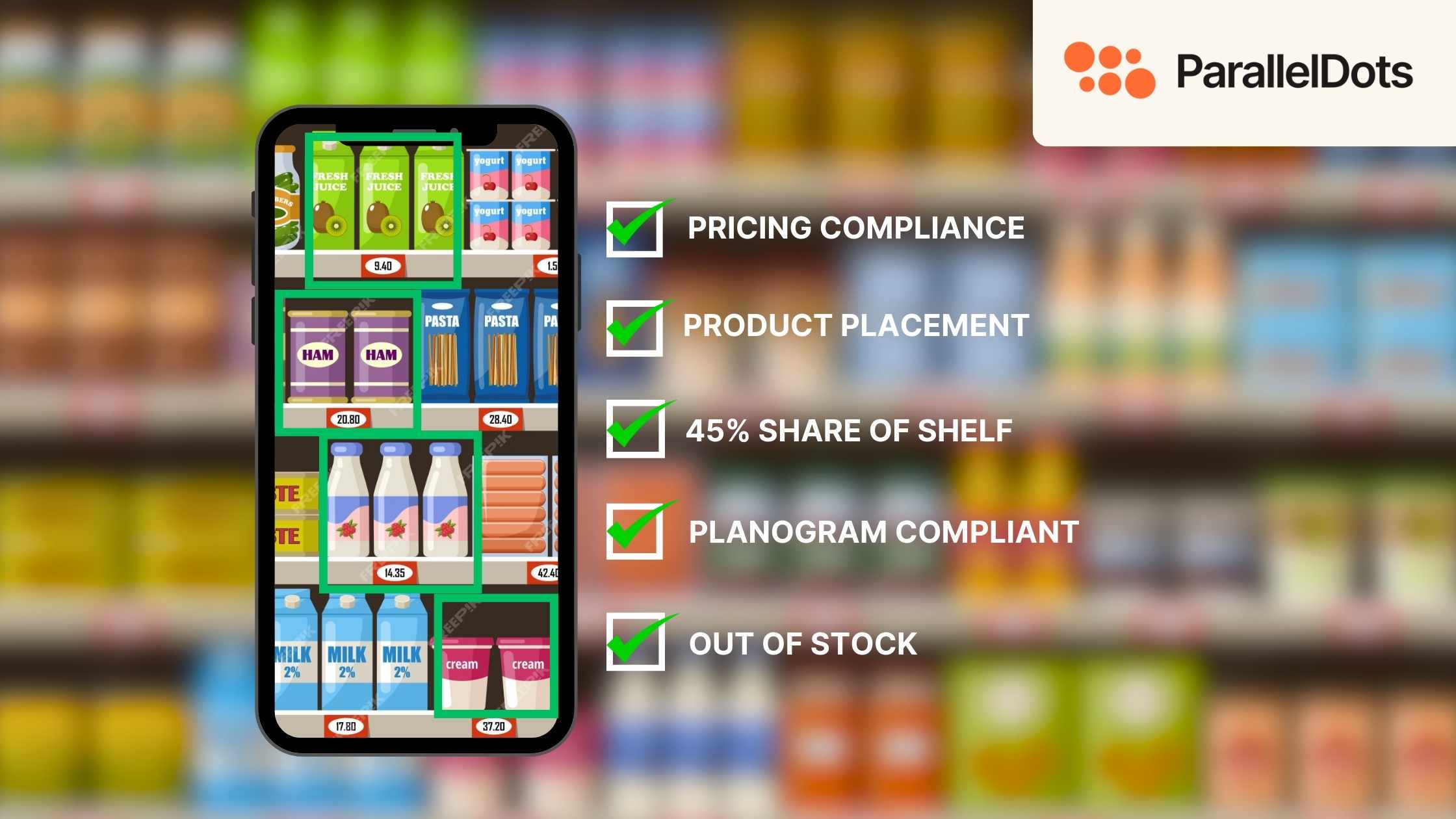In the competitive Australian Fast Moving Consumer Goods (FMCG) industry the annual sales growth presently is hovering around 3% - 4% compared to 8% - 9% of 10 - 12 years ago. The FMCG companies have become more focused on what is happening in-store with the share of their brands versus competition. So, they try to perfect their in-store execution.
The focus on in-store activity includes share of shelf, more so premium eye-level positions. Presence of their brands within the store, out of stock situations, cheeky competitors displacing shelf gaps, price points and getting the maximum mileage with the placement of point of sale material (POSM) are some other focus points.

The checks are normally carried out by the brand owners’ sales representatives, merchandisers or brokerage companies. They use the manual entry for ensuring that the in-store execution is according to the set planogram.
This entails a lot of time spent by the person doing the audit given the numbers of Key Performance indicators (KPIs) per store and the number of calls per day required by the company. As a result, the audit can be error-prone.
The FMCG companies can use the store visits of their valuable people more efficiently through means of image recognition solutions like ShelfWatch.
HOW SHELFWATCH HELPS PERFECT YOUR IN-STORE EXECUTION?
Using Artificial Intelligence (AI) and advanced analytics at scale. One such innovation is the development of image recognition solutions based on AI.
ShelfWatch is the world’s most advanced AI tool for measuring in-store execution whether it be planogram, out of stock, or POSM placement. It is fast (near real-time), accurate, and robust enough to run on the dirtiest data. It uses its proprietary one image Stock Keeping Unit (SKU ) training for its AI.
All ShelfWatch requires is for the salesperson/merchandiser (of the brand owner or the broker) to take a photograph of the shelves and it automatically gets uploaded to the cloud via the ShelfWatch app.
The analysis is done within minutes and comes back in real-time depending on the KPIs requested by the customer. For example, the share of shelf space as per the planogram or out of stock. In this way, the brand owner representative can get the store manager to take immediate action to order stocks from the central warehouse.

Above all, ShelfWatch has a custom-made dashboard. It can be made available for the management for providing analysis of the share of shelf, out of stock, and more that enables them to perfect their in-store execution. It would help improve the strategies for the growth of the brands within different categories.
Liked the blog? Check out our other blogs to see how image recognition technology can help brands improve their execution strategies in retail.
Want to see how your own brand is performing on the shelves? Click here to schedule a free demo for ShelfWatch.





.jpg)
.jpg)
